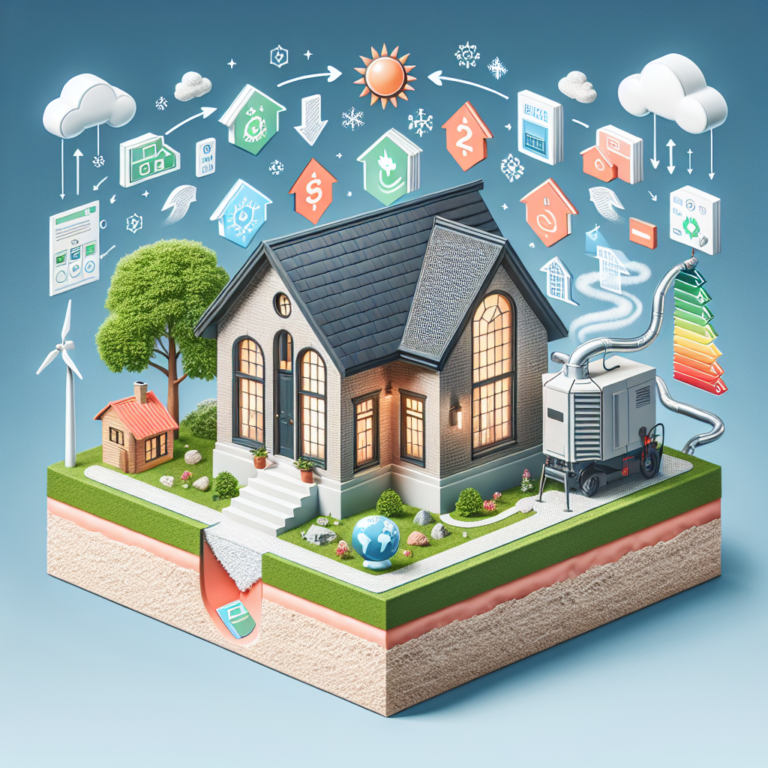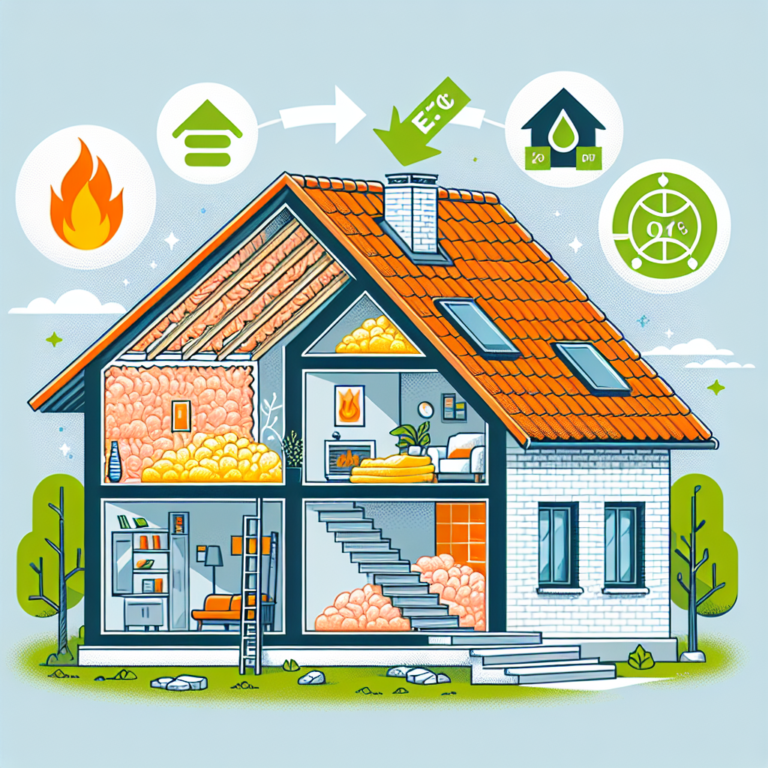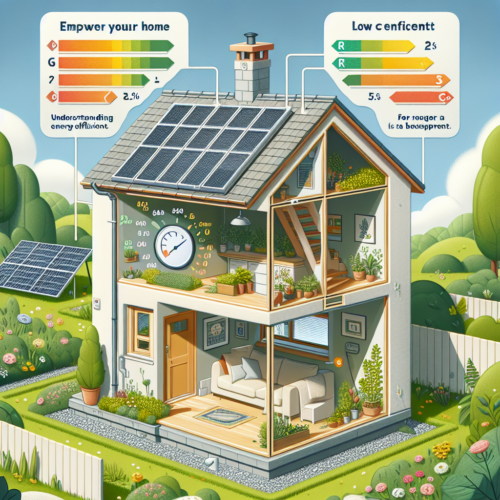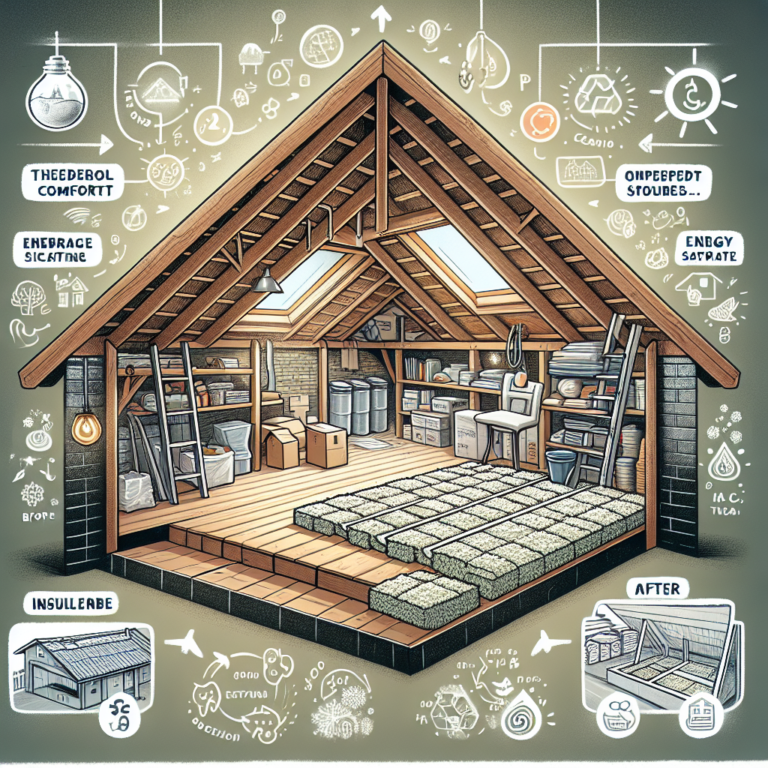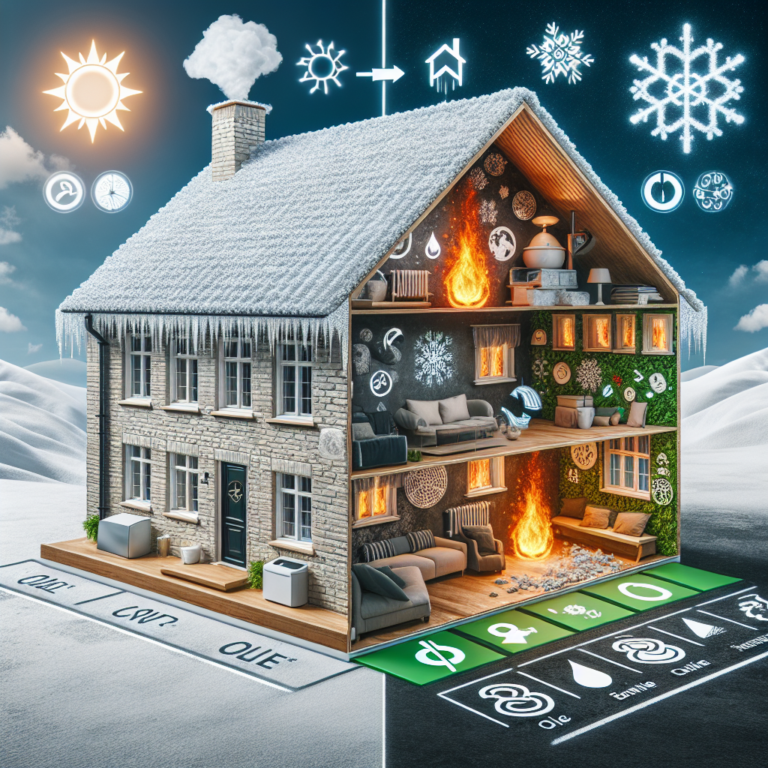Transform Your Home: Lowe’s Blown Insulation for an Energy Efficient, Low Carbon Footprint
Introduction
Upgrading your home’s insulation is one of the smartest investments you can make for comfort, energy savings, and environmental impact. Lowe’s blown insulation offers a versatile, high-performance solution that fills every nook and cranny of your attic, walls, and floors. By choosing Lowe’s blown insulation, you’ll boost your home’s R-value, lower monthly utility bills, and shrink your carbon footprint—all with a fast, cost-effective installation.
H2: Benefits of Lowe’s Blown Insulation for a More Energy Efficient Home
1. Superior Thermal Performance
• High R-Value per Inch: Lowe’s blown insulation—available in fiberglass, cellulose, or mineral wool—delivers a higher R-value than traditional batt insulation, resisting heat transfer year-round.
• Complete Coverage: The loose-fill fibers or particles expand and settle uniformly, sealing gaps, seams, and irregular cavities that standard batts often miss.
2. Reduced Energy Bills
• Lower Heating and Cooling Costs: With better thermal resistance, your HVAC system runs less often, translating into average energy bill savings of 10–20%.
• Improved Temperature Consistency: Eliminate hot and cold spots, so every room in your home stays at a comfortable temperature.
3. Enhanced Indoor Comfort and Air Quality
• Sound Dampening: The dense network of blown fibers absorbs airborne and impact noise—ideal for busy streets, shared walls, or noisy HVAC equipment.
• Moisture Control and Mold Resistance: Many blown insulation options incorporate moisture-resistant treatments that discourage mold, mildew, and pest intrusion.
4. Eco-Friendly Materials
• Recycled Content: Cellulose insulation is typically made from 75–85% recycled paper, while fiberglass may contain up to 20% recycled glass.
• Longevity: Unlike some insulation that settles or degrades over time, professional installation of Lowe’s blown insulation maintains its loft and effectiveness for decades.
H2: How Lowe’s Blown Insulation Can Help Reduce Your Carbon Footprint
1. Lower Household Energy Demand
By cutting your heating and cooling requirements, Lowe’s blown insulation directly reduces the fossil fuels needed to power HVAC systems. Fewer kilowatt-hours consumed means fewer CO₂ emissions from power plants.
2. Sustainable Manufacturing and Recycling
• Responsible Sourcing: Many manufacturers prioritize post-consumer recycled materials, diverting waste from landfills.
• End-of-Life Recycling: Some blown insulation products can be reclaimed or reused, further minimizing environmental impact.
3. Incentives and Rebates
Take advantage of federal tax credits, state rebates, and local utility incentives for home energy upgrades. Investing in Lowe’s blown insulation not only saves you money on your energy bills but can also qualify you for financial rewards, accelerating your return on investment.
H2: Maximizing Energy Efficiency with Lowe’s Blown Insulation: Tips and Tricks
1. Seal Air Leaks First
Before insulating, caulk and weatherstrip around windows, doors, ductwork penetrations, and attic hatches to prevent drafts. A tight building envelope amplifies the effectiveness of your blown insulation.
2. Choose the Right Insulation Depth
• Attic Recommendations: Aim for R-49 to R-60 insulation in most climates, requiring roughly 15–20 inches of blown fiberglass or cellulose.
• Wall Retrofits: In existing walls, inject insulation until the cavity is fully densified—typically 3.5 to 4 inches for 2×4 stud walls.
3. Combine with Other Efficiency Measures
Pair blown insulation with a programmable thermostat, high-efficiency HVAC equipment, and ENERGY STAR® windows and doors for a holistic energy upgrade.
4. Schedule Professional Installation
While DIY rental machines are available, hiring a trained Lowe’s installer ensures correct density, uniform coverage, and adherence to building codes—maximizing performance and avoiding callbacks.
H2: Frequently Asked Questions about Lowe’s Blown Insulation
Q: What is the difference between fiberglass and cellulose blown insulation?
A: Fiberglass is non-combustible, moisture-resistant, and offers a higher R-value per inch, while cellulose excels at air sealing and contains more recycled content. Your choice depends on budget, performance priorities, and local climate.
Q: How long does blown insulation last?
A: Properly installed blown insulation retains its R-value and physical integrity for 20–30 years or more, making it a long-term solution for home comfort and efficiency.
Q: Can blown insulation be added to existing homes?
A: Yes. Lowe’s installers can access attics, walls, and crawl spaces with minimal disruption, filling cavities without removing drywall or shingles.
Conclusion
Lowe’s blown insulation is a powerful upgrade for any homeowner seeking lower energy bills, improved comfort, and a smaller carbon footprint. With eco-friendly materials, professional installation, and industry-leading R-values, Lowe’s blown insulation stands out as a cost-effective path to an energy-efficient home. Transform your living space today—visit texasinsulationsolution.com to learn more and schedule your Lowe’s blown insulation installation.



